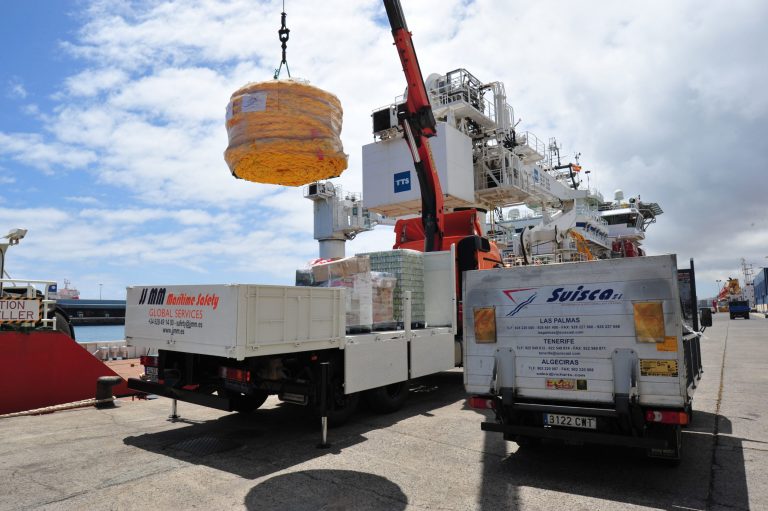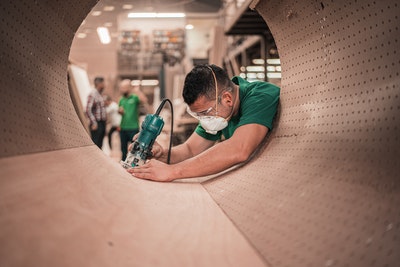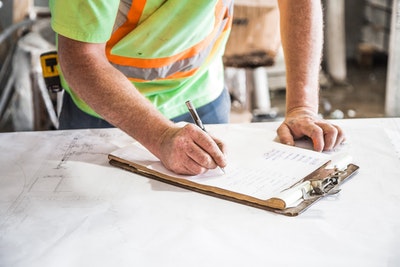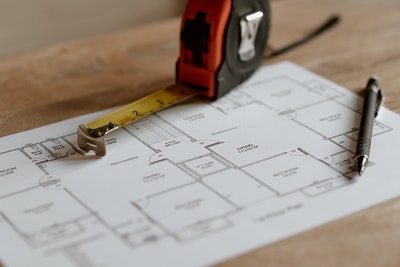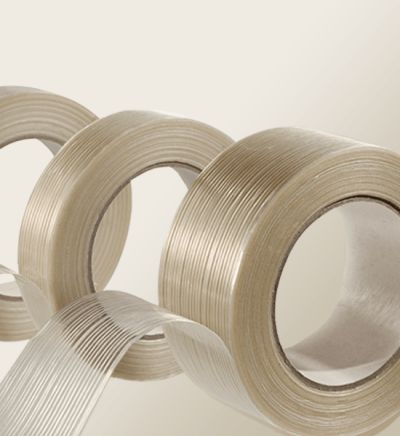Differences Between Seamless and Welded Steel Pipes
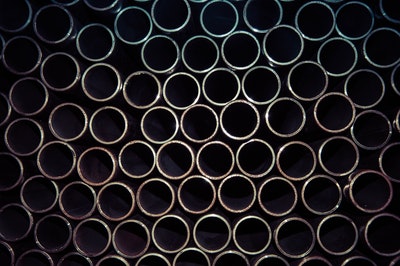
To novices who are not familiar with construction materials, all pipes are the same.
However, there are different types, and seamless steel pipes and welded steel pipes are the most common ones.
Interestingly, these two bear so many similarities that a lot of folks cannot distinguish one from the other.
Therefore, in this article, we will look at the differences between a welded steel pipe and the seamless steel pipe.
With the information in this article, you will be able to identify which is which when you go for your next purchase.
Before we go into further details, here are some key differences:
| Seamless Pipe | Welded Pipe | |
| Length | It is shorter because of difficulties during manufacturing | Comes in different lengths |
| Pipe Surface | Surfaces are rough because of the process of extrusion used in manufacturing | Surfaces are smoother |
| Economy | More Expensive | More economic |
| Application | High Pressure, high temperature, corrosive environment, and sensitive units | Low pressure, lower budgets, and reduced corrosive environment |
| Production Process | Complex with extended production and procurement period | Simpler with less production and procurement period |
| Shape | More round (ovality) | Poor ovality |
| Tests | Requires no testing before use | Requires testing before use |
| Strength | Can withstand extreme pressure | Pressure strength does not exceed 20% because of its welds |
| Diameter | Thicker | Thinner |
| Availability | This item is less available because of the availability of its raw materials | Readily available because of the availability of its raw materials |
| Size | Not more than 24 inches | Comes in any size |
| Molding Process | One rolling process is enough to manufacture it | Manufactured using steel strips as well as plates that after bending can be weld |
| Internal Surface Check | Impossible to check | Check is done before the production process |
| Welds | Does not have welds | LSAW, SSAW, DSAW, ERW |
| Ideal Application Field | High-pressure tools production, industrial boilers | Automobiles, electric, aerospace, construction industry |
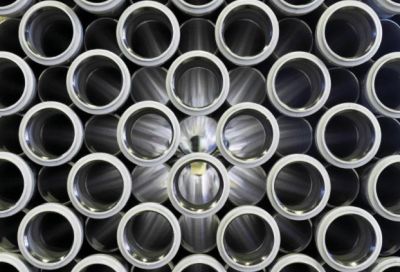 Seamless Steel Pipe
Seamless Steel Pipe
This item is manufactured using just one metal piece; hence, it is not joined at any part of its surface. This is why it is called seamless because it lacks any kind of welded joint or crease.
Seamless pipe is known for its perfect finishing which is one of the reasons why it is in high demand. They come in circular, square, or rectangular shapes. Furthermore, the pipes are hollow (tubular) which is necessary as they are used for carrying gas, slurries, liquid, and powders.
Its durability and strength are largely thanks to the fact that it cannot be welded and the absence of joints. This allows it to have an even-strength distribution across the entire structure. You can visit http://www.madehow.com/Volume-5/Steel-Pipe.html if you want to find out how this item is made.
Applications
The following are the application areas of this pipe:
- Hydraulics
- Chemical processing plants
- Water purification plants
- High pressure and temperature units
- Manufacturing medical tools
Pros
- No welds
- Thick-walled and heavy
- More round
- Resistance to corrosion
- Can withstand extreme pressure
- Durability
- Does not require testing for the weld integrity
- Fusion metals are not used
Cons
- Size constraint as it cannot be above 24 inches
- Shorter length due to manufacturing difficulties
- Wall thickness is inconsistent
- Expensive
- Rough surface as a result of the extrusion procedure
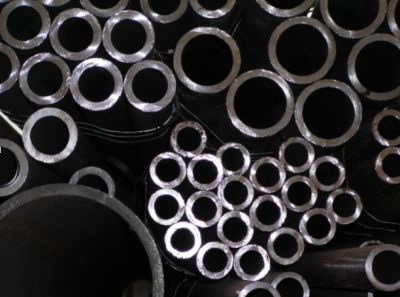 Welded Steel Pipe
Welded Steel Pipe
Unlike seamless pipe, this has welded joints. This is where they derive their name from.
They are also more available compared to the seamless pipe as a result of the availability of their raw materials and lower cost of production.
Hence, it is widely used across the globe and finds application in several industries.
Types of welded steel pipes are ERW, LSAW, and SSAW pipes.
The ERW usually causes a bit of confusion for some folks as they easily think it is seamless steel because the weld is not visible as does not make use of fusion metals.
Application
The following are the application areas of this pipe:
- Mining and construction
- Fishing and marine
- Automotive industry
- Pharmaceuticals
- Architecture
You can learn more about all of these here.
Pros
- No size limitations
- Less costly
- Comes in longer lengths
- Readily available
- Wall thickness consistency
- Delivery time is shorter
- Lighter weight
- Thinner walls
- Surfaces are smoother
- Tolerance is tighter
Cons
- Poor roundness
- Corrosion-prone welds
- Requires testing before use
- Can withstand pressure that is less than 20% only
Conclusion
In the article above, we have discussed the main differences between seamless steel pipes and welded steel pipes.

